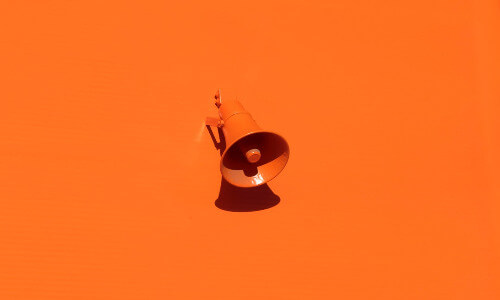How to learn pronunciation in a foreign language
This is an unconventional addition from the classical singer world, though it’s an approach backed up by some wonderful teachers. Speaking a language with a good accent isn’t a matter of sounding good and impressing people; it changes the way you listen to the language, and it changes the way people speak to you. Most importantly, it helps you learn faster, since hard-to-pronounce words are substantially harder to memorize.
As you connect what you hear with what you read and what you say, you’re tightening the connections between every facet of the language. It makes vocabulary easier to learn, it brings that vocabulary to your tongue with more ease, and it makes native speakers continue to speak to you in the language instead of switching to English out of pity, desperation or frustration. Learning accurate pronunciation in the beginning also means that you won’t spend years building bad pronunciation habits, only to try and unlearn them later on – an extremely difficult task when your tongue has been pronouncing words incorrectly hundreds of times.
For the non-singers out there, you should know that it’s not only possible to perfect your pronunciation from the beginning, but that classical singers do it all the time. Most singers develop good accents in French, Italian, German and Russian without even learning how to speak most of those languages. It’s just a separate skill that you can train like all the other language skills – reading, speaking, vocabulary acquisition, etc.
Start with Minimal Pair Training to train your ears
Your target language is going to have a number of new sounds that are subtly different from the sounds you grew up hearing. The easiest, most effective way to learn to hear these new sounds is through Minimal Pair Training: You take pairs of similar words (in English, you’d want pairs like niece and knees, rock and lock, beat and bit), listen to one of them at random (“rock”), guess which one you think you hear (“lock?”), and get feedback as to whether you got it right or not (bzzt. It was “rock”). Every time you go through this cycle, your brain gets better at hearing the new sounds of your target language. I’m making it a mission of mine to provide minimal pair trainers in as many languages as I can, because they work so much better than anything else I’ve seen. I made a Hungarian trainer for myself and learned all of the sounds of Hungarian in 10 days (at ~20 minutes a day. It was stupidly fast.)
Then train your mouth with the International Phonetic Alphabet (in English)
You can’t work on another language’s pronunciation until you understand your own. I’ve made a series of video tutorials on English pronunciation and the IPA. Watch them, and if you need a reference, play around with these two charts:
Many of the letters are the same, and a few are different.
Do you need to memorize the IPA? Not really, but memorizing it can help simplify your studies, particularly if you want to learn multiple languages.
Once you know the IPA, it becomes a lot easier to read the pronunciation entries in most dictionaries, and compare what’s going on in your mouth in English (and any other languages you speak) to what should be going on in your mouth in your target language. It’s also very easy to learn. Just put each IPA symbol you need into Anki and learn them; it can take you less than a week to memorize them. If you want to save time, I’ve made an English IPA deck with audio files.
Your goal is to understand:
- The location of each sound (lips (b,p,m) vs teeth (th), for example)
- The method of making each sound (with an explosion of air, like “t” or with a rushing, turbulent sound like “s”, for example), and
- The concept of voicing (the difference between “t” and “d”, for example).
Once you understand that, you’re ready to learn all the sounds/spelling rules of your target language. Knowing the 3 components of each sound will teach you where and how each sound will be produced, and let you put your tongue in the right place and do the right thing. You can find your language’s sounds on Wikipedia. Search for IPA for [Language name] or [Language Name] Phonology (Here’s IPA for Spanish and French Phonology article, for example.)
You want to find all the sounds in the language, learn what they sound like, and learn the spelling rules that correspond to each sound. (Fortunately, you speak English; all the other languages tend to be MUCH more kind when it comes to having sensible rules about how each word is spelled and pronounced.) Using audio examples from Eric Armstrong’s charts will help you get closer to the right sounds.
Starting your language learning process this way will make your whole journey much easier, and once you understand each sound, you can put the spelling/phonetic rules of the language into your Anki deck. This can take a week or two, and will save you an enormous amount of time in the long run. Knowing that “ou” is always pronounced /u/ as in Ou la la!, Bonjour, or Toujours means that you won’t need to look up the pronunciation of each word, and that the first time you read it, you will hear it correctly in your head. (Or you’ll speak it correctly, which is a great thing to do while reviewing, though it might get you strange looks if you’re reviewing in the subway.) Some relevant blog posts and videos:





